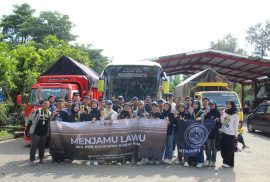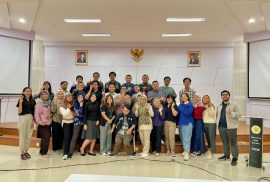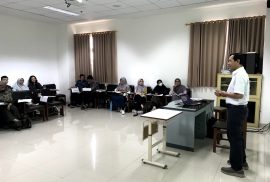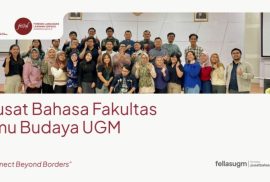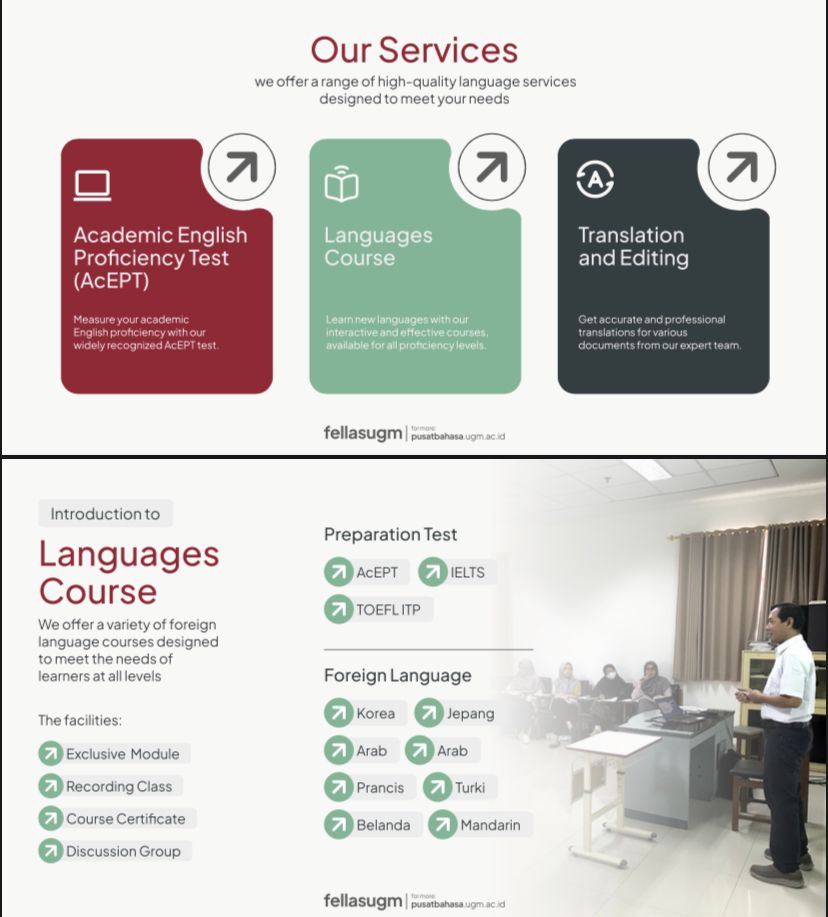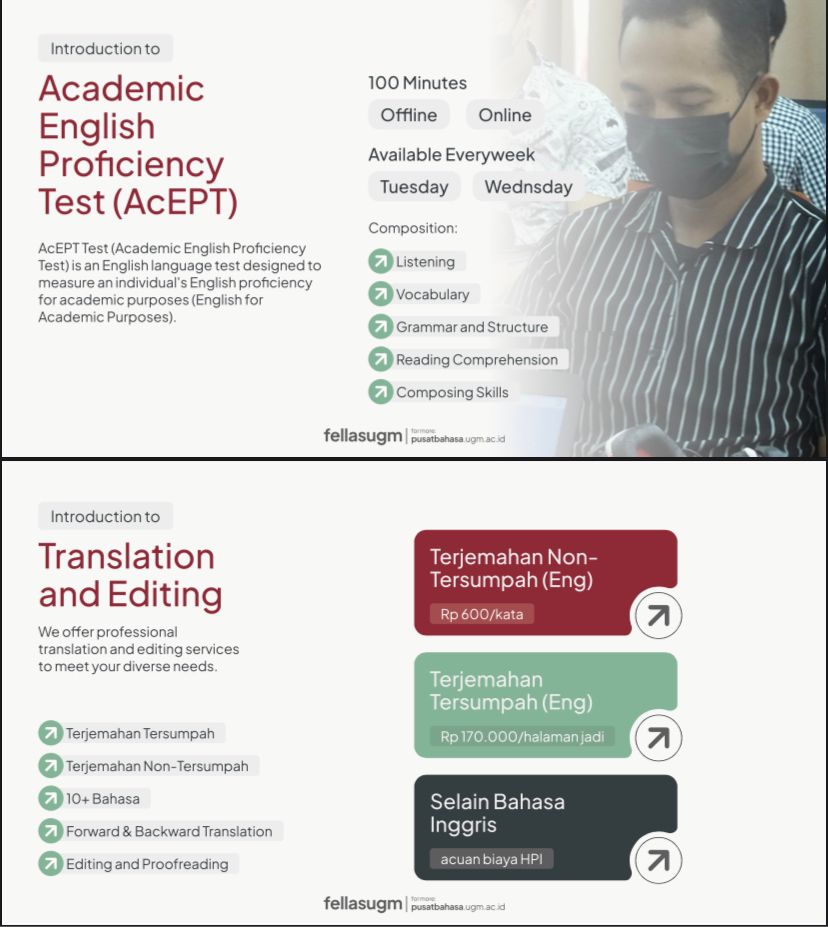Yogyakarta, December 20, 2024 – The Universitas Gadjah Mada (UGM) Period IV Community Service Program (KKN-PPM) Ngargoyoso “Menuju Lawu” team was officially dispatched to the service locations in Kemuning Village and Berjo Village, Ngargoyoso District, Karanganyar Regency. The team will run the service program for 50 days.
Preparations for departure began early in the morning at 07.30 WIB at the UGM Fire Brigade Post. Students were seen busy loading equipment such as suitcases, backpacks, and other needs to support activities in the field. Before leaving, all team members underwent a final briefing to ensure coordination and readiness.
Among the team members, there are two students from the Faculty of Cultural Sciences UGM, namely I Putu Adhimas Radiansyah Aryawan (Archaeology Study Program, class of 2022) and Khirana Marwadika (History Study Program, class of 2022). Their presence is expected to contribute to the optimization of village potential and community empowerment programs based on Smart Village and Eco Tourism in both villages.
The trip from Yogyakarta to Kemuning Village and Berjo Village took about 2.5 hours. Arriving at the location, the team immediately conducted a briefing and cleaned up to start the service. For the next 50 days, the KKN-PPM UGM team will try to help the local community in developing the village potential while creating a sustainable empowerment model.
With the spirit of togetherness, the team hopes that this program will not only provide tangible benefits to the people of Kemuning Village and Berjo Village but also become a valuable experience for UGM students in implementing the knowledge they have learned in college.

